Solar Power generation has come to stay with the continuous growth and development the industry has enjoyed over a few decades. There is continuous need to develop the effectiveness of the solar panels to enhance renewable energy and sustaining positive environmental impact. On another optimistic look, there are now even more outstanding creativity that has crept into the solar industry. We will be sharing a few of the mind blowing innovations in the solar world.
Solar Skins
Solar Skins are a new solar technology to integrate custom designs into solar panel systems. The solar skin technology is similar to the ad wraps displayed on bus windows, whereby solar panels are designed to look exactly like you desired it. It is another level of aesthetics to the solar design.

Sistine, the manufacturer of solar skins, is testing the technology at the United States National Renewable Energy Laboratory to increase its efficiency. Solar thin-film skins maintain high efficiency due to their selective light filtration advancements. The sunlight falling on solar skins is filtered to reach the solar cells beneath it. As a result, it simultaneously displays the custom image and provides solar energy.
These imprinted custom images, embedded into solar panels, can exactly match the grassy lawns or rooftops of your homes.
Solar skin panels can also be beneficial for businesses or government offices. They can be customized to display business logos, business advertisements, a country’s flag, and so on.
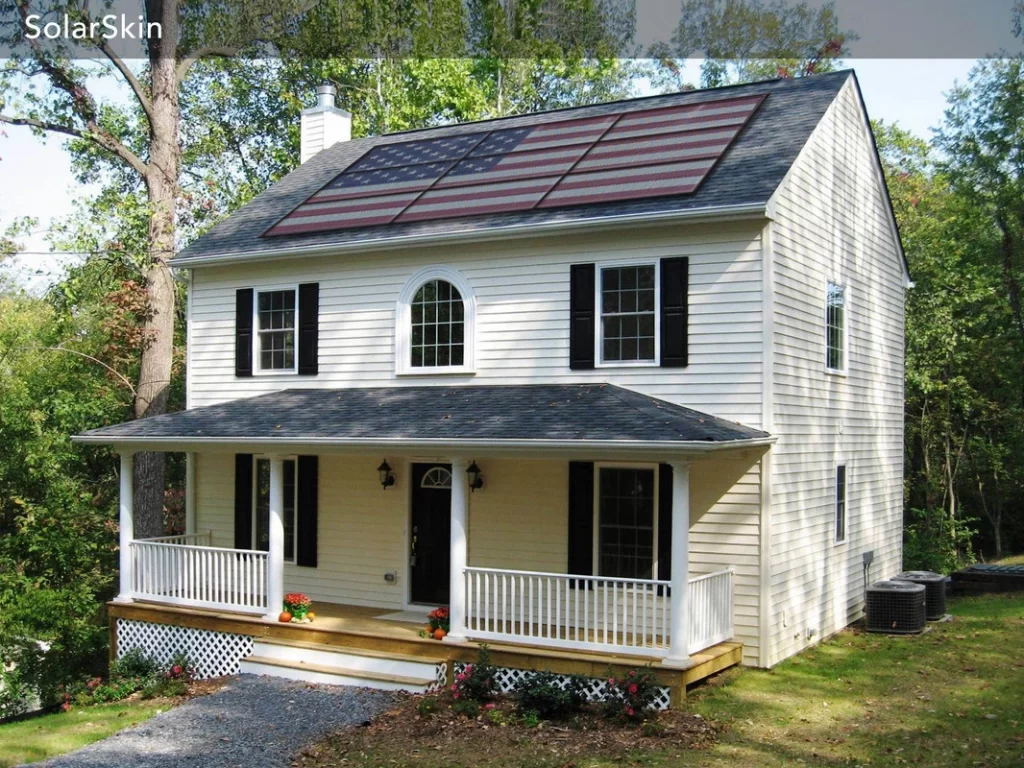
Moreover, solar skins utilize rail-less racking systems, sit lower, have a sleek finish, and hide metal components, giving the panels a super cool look. If panel aesthetics stops you from going solar, Sistine’s SolarSkins might be the solution you are looking for.
Solar Paint
solar paint uses the sun’s energy to generate electricity. This paint is applied to a hard surface and contains light-sensitive elements that contribute to electricity. Solar paint is not readily available because it needs higher levels of efficiency to work, but many industry folks believe that it will be available over the next few years.
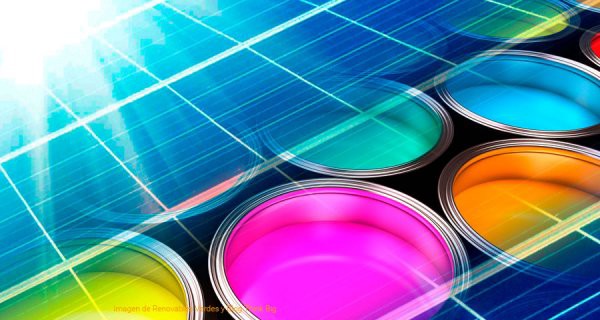
House paint has the capability to be more than just coatings on bricks — in the future, it could also be used as a collecting agent to absorb the energy from the sun and transform it into electricity. This may not be vastly far off, as it’s already an active field of research due to solar paints’ commercial viability, ease of scalability, and cost-effectiveness. Solar paint could become widely available in 2023! fingers crossed.
Solar Fabrics
Solar radiation is available all over the planet, so why not generate your own energy, wherever required? Imagine that besides producing solar power at a fixed location, you could also do it while on the move through your own clothing.

Researchers are developing solar fabrics with a vision of including solar power in each fiber. These solar filaments can be embedded into your t-shirts, winter coats, or any other clothing to help you keep warmer, power your phone, and provide energy for other needs while you’re on the go.
There are several areas where researchers have attempted to combine solar fabric and solar panels, which include:
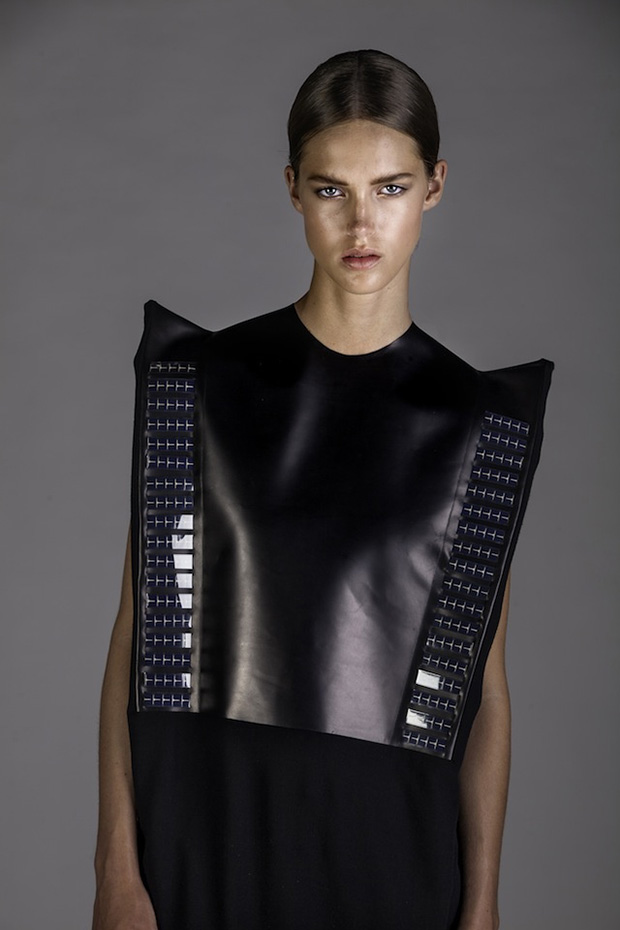
- Building facades that provide both shade and power
- Awnings that lighten up streetlights, and
- Curtains that eliminate power consumption from the grid
Solar fabricated household clothing can help you save on solar panel mounting and installation costs.
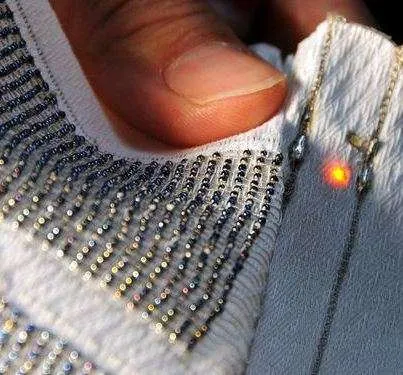
Solar cell manufacturing companies are also working specifically on the US Army project with a vision to create solar-powered robotic tents. With solar costs continuously falling, it’s no more unlikely to imagine a future where almost everything will be powered by free solar, the sun.
Photovoltaic Solar Noise Barriers (PVNB)
Highway traffic noise in the US has always been a concern for everyone. To overcome this issue, 48 states have built nearly 3,000 miles of traffic noise barriers. Noise barriers were always constructed with the single aim of designing cost-effective barriers that efficiently perform noise abatement functions. However, the goal of the US Department of Energy has now evolved to merge noise abatement with sustainable power generation.

Given the widespread use of noise barriers in the US, the potential of producing solar energy from these is likely to be around 400 gigawatt-hours (GWh) annually. This is approximately equal to the annual electricity usage of 37,000 homes.
Solar Windows
Solar windows need more time to develop before becoming commercially available. However, solar windows are made from tinted glass and are designed to transform sunlight into electricity.
Any type of technology that uses windows on buildings to generate electricity from the sun could be classified as a solar panel window. Solar window technology (sometimes referred to as solar glass) isn’t ready for commercial production yet, which means that they aren’t available for you to install in your home. However, there are several solar window technologies being developed that could hit the mass market in the near future.
Transparent solar panel windows would hypothetically be able to replace standard glass window panes, while traditional solar panels are an addition to a previously installed roof. As a result, this type of solar technology is often referred to as “building-integrated photovoltaics (BIPV).” Tesla’s solar roof is another recent technology that fall under the BIPV umbrella. BIPV technologies offer many potential benefits – many homeowners love them because they can be much more aesthetically appealing and easier to maintain than traditional solar options, depending on the type of installation.
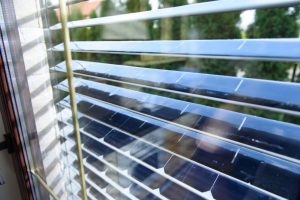
This innovative solution has the potential to save people energy and money in the long run.
Solar Cars
Solar cars are not exactly new to the market. Since solar cars contain zero emissions, many engineers are continuing to test these cars for the public domain.
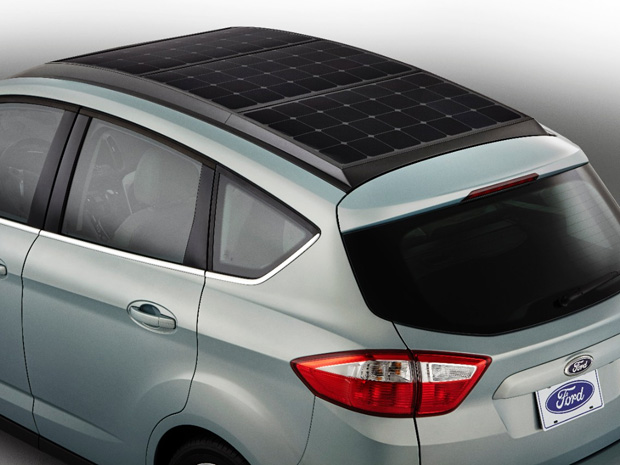
However, solar cars may one day serve as a welcome solution to the number of fossil fuels we use each year.
Solar Transportation On Solar Roads
Instead of focusing on solar cars themselves, how about the possibility of solar roads? Solar roads are becoming a powerful initiative in multiple countries around the globe.
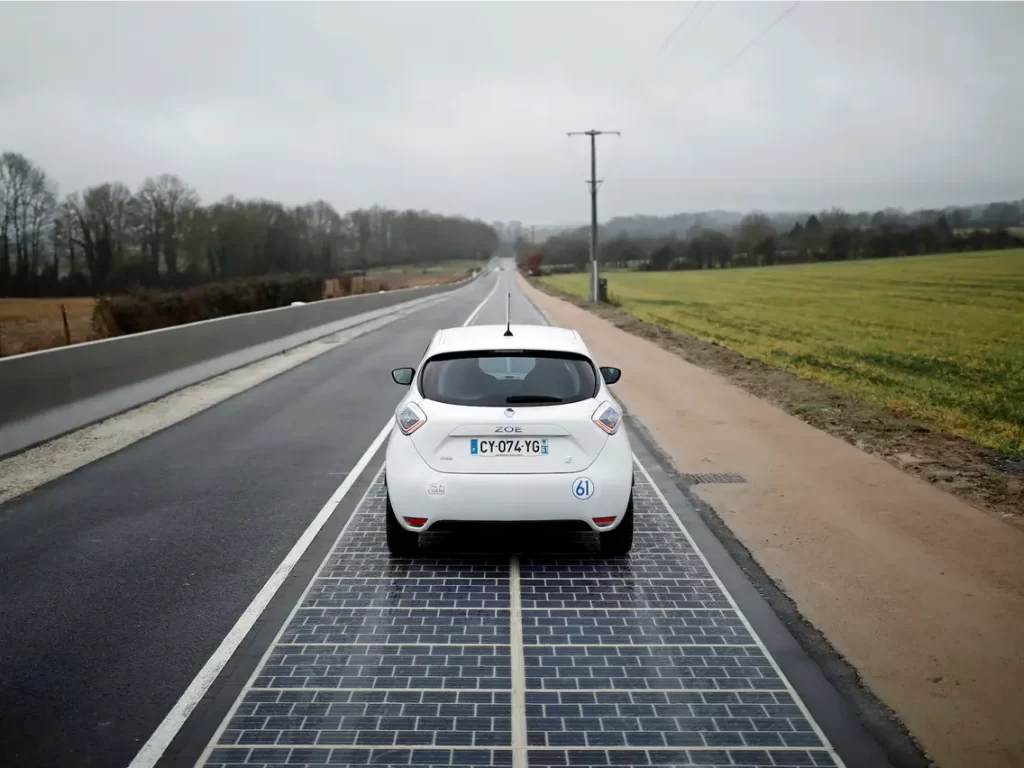
Many believe that solar roads will reduce harmful greenhouse gas emissions. Solar panels may also be installed on solar roads, assisting drivers during rough climates and unpredictable conditions.
Solar Water
Solar water also referred to as the solar desalination process, converts seawater into freshwater. This process has the potential to provide for populations that need clean water and remote areas seeking off-grid desalination.
Floatovoltaics
Floatovoltaics, otherwise known as floating solar farms, have low installation costs and manage water levels properly. Floatovoltaics reduce the possibility of evaporation by blocking sunlight and diminishing frequent air circulation.
These photovoltaic solar power systems also float on various bodies of water to generate electricity on a larger scale.
Building-Integrated Photovoltaics (BIPV)
BIPV solar technology is built into various forms of architecture, such as roofs, canopies, facades, skylights, and more. The design of BIPV does not stick out like solar panels and is more aesthetically pleasing.
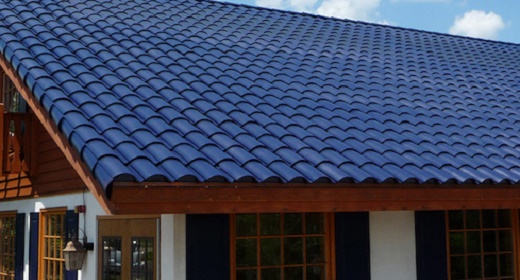
Additionally, using BIPV offers numerous benefits, including lower costs, a positive environmental impact, no carbon footprint, high energy efficiency, and more.
The Future looks Beautiful with Solar
Solar power was earlier generated only by means of ground-mounted or rooftop panels. But thanks to all the advancements mentioned above, solar is set to become lighter, more flexible, and applicable everywhere.
Imagine all this tech is available and you visit another city. You can buy food at a solar-powered food cart, eat it while traveling on a solar-powered highway, and charge your phone from your solar-powered clothes. This is what the near future looks like!
And there are actually lots of other innovative residential solar technologies in development or currently being rolled out in 2022. Perhaps the most promising new tech is Perovskite solar cells, which could soon be used to create Solar Paint
